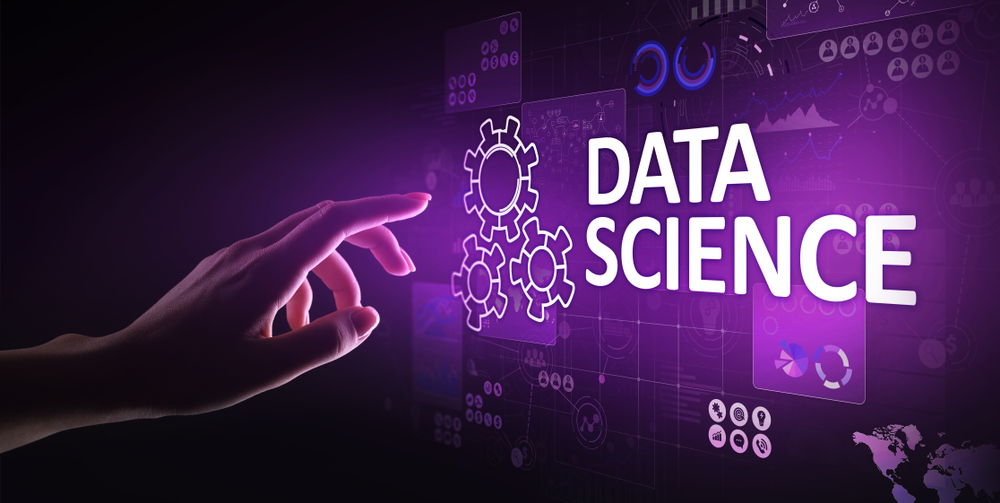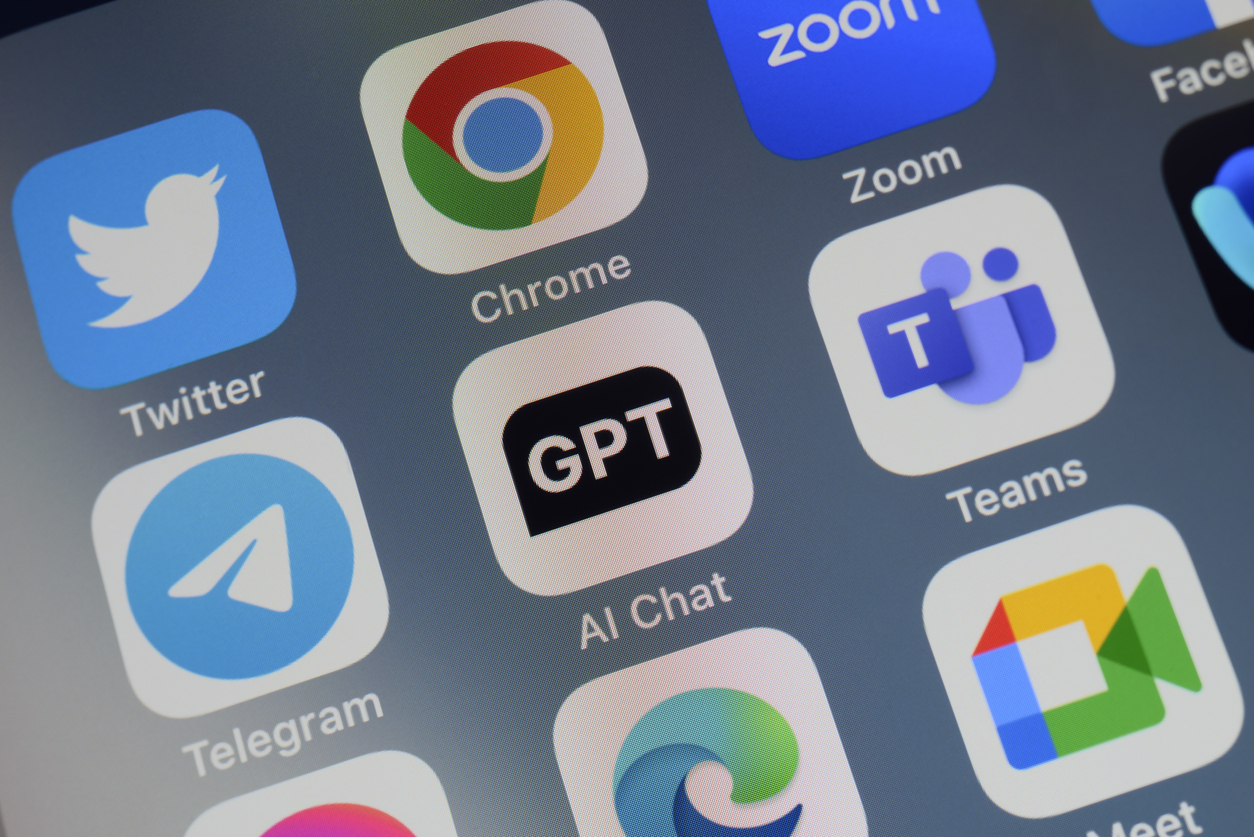- Understanding ChatGPT
- Advantages of using ChatGPT in data science
- Use cases for ChatGPT in data science
- Techniques for fine-tuning ChatGPT models
- Challenges of using ChatGPT in data science
- Comparison of ChatGPT with other NLP tools for data science
- Limitations of ChatGPT in data science
- Best practices for using ChatGPT in data science
- Real-world examples of ChatGPT in data science
- Future developments of ChatGPT in data science
- Conclusion
What if you could harness the power of a language model that can understand and process natural language like a human? That’s exactly what OpenAI’s ChatGPT is capable of. As a powerful language model, ChatGPT has the potential to transform the way we approach data science applications. In this blog, we will explore the potential of ChatGPT in various data science applications, including natural language processing, machine translation, and chatbots.

Understanding ChatGPT
ChatGPT is an autoregressive language model that uses deep neural networks to generate human-like text. Its architecture is based on a transformer model, which allows it to process large amounts of data and learn from context. ChatGPT was trained on a diverse range of text data, including books, articles, and websites, which has enabled it to develop a broad understanding of language. It can be fine-tuned for specific tasks, such as sentiment analysis, text classification, and language translation. ChatGPT is capable of processing a wide range of data, including text, images, and videos.
Advantages of using ChatGPT in data science
Using ChatGPT in data science applications has several advantages. It can improve the accuracy, speed, and efficiency of data science workflows. For example, in natural language processing, ChatGPT can generate human-like text, which can be used to improve the quality of chatbots, virtual assistants, and customer service systems. It can also be used for machine translation, which can improve communication across languages. Additionally, ChatGPT can be used for data summarization, content generation, and data cleaning, which can save time and resources.
Use cases for ChatGPT in data science
ChatGPT has been used in various real-world data science applications, including analyzing social media sentiment, generating text summaries, and predicting customer behavior. For example, researchers have used ChatGPT to analyze Twitter data and predict the sentiment of tweets. In another study, ChatGPT was used to generate summaries of scientific papers, which can save time for researchers who need to read and analyze large amounts of text. ChatGPT has also been used in marketing to predict customer behavior based on their search history and purchase behavior.
Techniques for fine-tuning ChatGPT models
To fine-tune ChatGPT models for specific data science tasks, it’s important to select relevant data, pre-process the data, and fine-tune the model’s hyperparameters. Pre-processing the data can include tasks such as cleaning the data, removing stop words, and tokenizing the data. Hyperparameters such as the learning rate, batch size, and number of epochs can be fine-tuned to improve the model’s performance. It’s also important to validate the model’s performance on a test dataset to ensure that it generalizes well.
Challenges of using ChatGPT in data science
Using ChatGPT in data science applications comes with some challenges, such as bias, ethical concerns, and interpretability. ChatGPT can inherit biases from the data it was trained on, which can lead to biased predictions. Additionally, ChatGPT can generate offensive or inappropriate content, which can have ethical implications. Finally, the generated text can be difficult to interpret, which can limit its use in certain applications.
To mitigate these challenges, it’s important to use diverse and representative data during training and to monitor the output of ChatGPT during use. Additionally, it’s important to have guidelines in place for ethical use of ChatGPT and to use interpretability techniques to understand how the model is generating its output.
Comparison of ChatGPT with other NLP tools for data science
Word embeddings are a type of NLP tool that convert words into numerical vectors that can be processed by machine learning algorithms. They are commonly used for tasks such as sentiment analysis, text classification, and language translation. Compared to ChatGPT, word embeddings are less powerful in terms of their ability to generate natural language responses. However, they are more computationally efficient and can be used for a wider range of NLP tasks.
RNNs are a type of neural network that are designed to handle sequential data, such as text. They are commonly used for tasks such as language modeling, speech recognition, and machine translation. Compared to ChatGPT, RNNs are less powerful in terms of their ability to generate long, coherent responses. However, they are more interpretable and can be used for tasks that require more fine-grained control over the language output.
CNNs are a type of neural network that are commonly used for tasks such as image recognition, natural language processing, and speech recognition. They are designed to identify patterns in input data, such as words or images. Compared to ChatGPT, CNNs are less powerful in terms of their ability to generate natural language responses. However, they are more efficient at processing large amounts of data and can be used for tasks that require fast processing times.
In general, each of these tools has its own strengths and weaknesses, and can be used in combination with ChatGPT to improve data science workflows. For example, word embeddings can be used to preprocess text data before it is passed to ChatGPT, while RNNs can be used to fine-tune ChatGPT models for specific language tasks. Ultimately, the choice of NLP tool depends on the specific needs of the data science project, as well as the available resources and computing power.
Check out a free course on ChatGPT for NLP now.
Limitations of ChatGPT in data science
While ChatGPT is a powerful tool for data science, it does have some limitations that should be considered. These include:
- Limited ability to understand context: While ChatGPT can generate text that is grammatically correct and semantically coherent, it can struggle to understand the context of the text it is generating. This can lead to inaccuracies in certain applications.
- Dependence on training data: ChatGPT requires large amounts of high-quality training data to achieve optimal performance. This can be a challenge in some applications where data is scarce or of poor quality.
- Computationally intensive: Training and fine-tuning ChatGPT models can be computationally intensive, requiring access to high-performance computing resources. This can be a barrier to adoption for some organizations.
Best practices for using ChatGPT in data science
To get the most out of ChatGPT in data science, it’s important to follow some best practices, including:
- Understand the limitations of the model: As mentioned, ChatGPT has some limitations, and it’s important to be aware of these when using the model. This can help you avoid inaccuracies and optimize performance.
- Fine-tune the model for your specific task: While ChatGPT is a powerful tool out of the box, fine-tuning the model for your specific task can help improve performance. This involves selecting relevant training data, preprocessing the data, and tuning the model’s hyperparameters.
- Validate the model’s output: It’s important to validate the output of ChatGPT models, particularly in applications where accuracy is critical. This can involve using other tools or techniques to confirm the accuracy of the model’s predictions.
Real-world examples of ChatGPT in data science
To illustrate the power of ChatGPT in data science, here are some additional real-world examples of how the model has been used:
- Predictive text generation: ChatGPT has been used to generate predictive text in a range of applications, including email automation and chatbots. For example, the startup Hugging Face used ChatGPT to develop a chatbot that can answer customer support questions in natural language.
- Sentiment analysis: ChatGPT has been used to analyze social media sentiment, helping organizations understand how customers feel about their products or services. For example, the startup Echobox uses ChatGPT to analyze social media conversations in real-time, providing insights to publishers on which content is resonating with their audience.
- Text summarization: ChatGPT has been used to generate summaries of long-form text, such as articles or research papers. For example, the platform GPT-3-based AI summarization tool has been developed by Copysmith which is capable of summarizing articles of any length.
By highlighting these real-world examples, you can show your readers how ChatGPT has been successfully integrated into data science workflows to improve accuracy, speed, and efficiency.
Future developments of ChatGPT in data science
- Continued improvement of the model’s performance in various natural language processing tasks, including language translation, question-answering, and text summarization
- Development of new versions of ChatGPT with even larger training sets and more advanced neural network architectures
- Integration of ChatGPT with other machine learning models and tools to create more powerful data science workflows
- Expansion of ChatGPT’s capabilities to handle multimedia data, such as images and video, and to provide more context-aware responses
- Improved interpretability and explainability of ChatGPT’s decision-making processes to address concerns around model bias and ethics
- Exploration of new use cases for ChatGPT in data science, such as sentiment analysis, content generation, and customer service
- Advancements in the speed and scalability of ChatGPT to enable real-time processing of large amounts of data in production environments
- Collaboration with domain experts in various fields to fine-tune ChatGPT models for specific industries, such as healthcare, finance, and marketing
- Continued research into the ethical and societal implications of using ChatGPT and other advanced machine learning models in data science workflows.
Conclusion
In conclusion, ChatGPT is a powerful tool for data science applications that can help organizations unlock the power of natural language processing. While the model does have some limitations, following best practices and fine-tuning the model for specific tasks can help optimize performance. By exploring real-world examples of how ChatGPT has been used in data science, you can demonstrate the potential of this tool and encourage your readers to explore how it can be integrated into their own workflows. As ChatGPT continues to evolve and improve, it has the potential to transform the way we analyze and interpret data, making it an exciting area for data scientists to explore.









